A Dose Of Nature
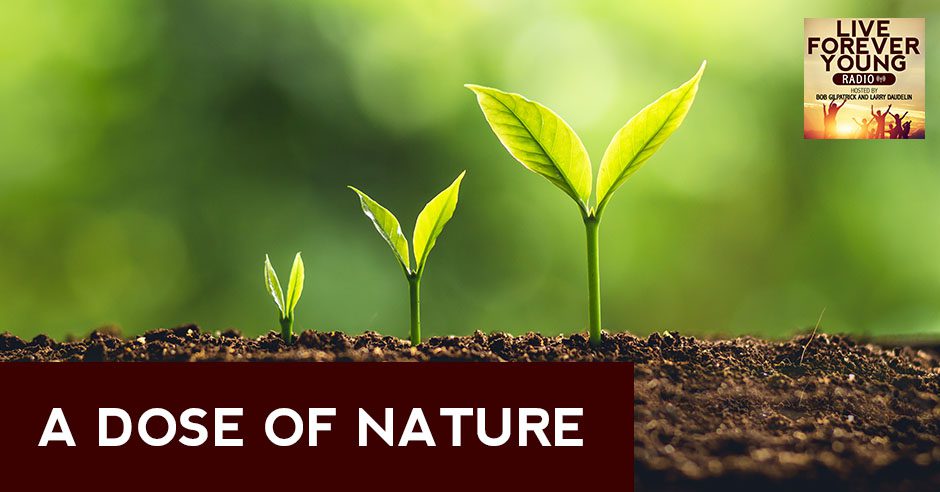
Did you know that green is the color of growth and spring? Green actually relates to harmony and helps provide a sense of sanctuary from modern stresses.
In today’s episode, Bob Gilpatrick and Rollie Culp share the full advantage of the power of green as they talk about a new practice used by doctors called Nature Prescriptions.
Bob and Rollie discuss how going outdoors and getting a dose of nature is important for our health and wellbeing. Jump into the episode with us as we discover the benefits of getting in touch with mother nature.
---
Watch the podcast here
Listen to the podcast here
A Dose Of Nature
Nature Prescriptions
Did you know that green is the color of growth and spring? It also relates to harmony by helping provide a sanctuary from modern stresses. In this episode, Bob and Rollie talk about a new practice used by doctors called nature prescriptions that take full advantage of the power of green. Learn why getting outdoors and getting a dose of nature is important for health and mental wellbeing. Discover what type of benefits you can enjoy by getting in touch with Mother Nature. Sit back, relax and get ready to Live Forever Young.---
I'm here with Rollie. How are you doing? I'm doing great, Bob. This is a great topic we have. We are going to talk about these phenomena of nature prescriptions or some people will call it Park Prescriptions, where a doctor will write out a script for people to spend time in nature. We are going to talk about why it is important, what type of benefit you can get from participating in this, and at the end, a special segment on how you can create your own prescription without a doctor.
It is the perfect timing for spring as everything starts to bloom, and we start coming out of our houses from the winter. We can figure out a way to make that work for our health. That is exciting.
The very first time that we were aware that this became a phenomenon was back in the 1800s in New York City, where public officials were noticing that as more people congregated in Manhattan, and it got crowded, people were having more health issues. They intuitively knew that people needed to be in nature more. That is why they built Central Park.
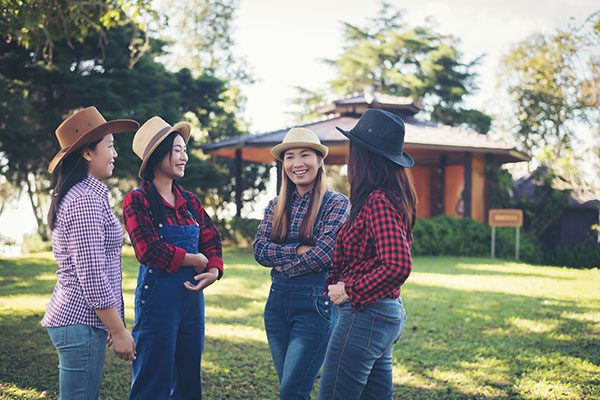
Nature Prescriptions: People have an easier time concentrating and paying attention for longer periods of time when they're outside than when they're inside.
They said, “We are used to being outside. There is nothing nice in the city. Everybody’s health is suffering because there is no outdoors. Back then, they did not have air conditioning. On a given day, it is 30 degrees cooler in Central Park than it is in the concrete parts of the city. This is the first time that somebody has done that but nowadays it is even more important because studies show that people spend 90% of their time indoors, this is in the United States, and they spend 6% of their time in their car and only 4% outside.
As a result, this is not can be true for farmers but for people that live in cities, there is a 20% increase in anxiety disorders, a 40% increase in mood disorders, and people are twice as likely to have schizophrenia.
That is not funny but I'm laughing because when you go to a place like New York, where everybody is hustle and bustle, a lot of people are impatient. They do not have time for things. I could see how that could cause anxiety and stress, that trying to get here on time and catch your bus on time as that old song goes. “If the train is on time, you can get to work right on time.”
It particularly affects children also. Children tend to have more problems with obesity, ADD, depression, and anxiety if they are living in the city. Even if people live in the suburbs but they are inside all the time and never ever leave their house. This is what the issues are going to be.
Technically, when we evolved, we evolved outside. We were not here, and then a house was with us. We had to evolve and make the house. We spent thousands of years ago outside all our time. Now it is the opposite. I could see how that could affect health. Specifically, what we are talking about is mental health.
Somebody might ask, “How much time do I have to spend outside?” Doctors are writing prescriptions now. There is a movement amongst doctors where they are prescribing for people to get outside, and they are writing specific prescriptions. They say, “The more specific, the better. I'm prescribing that you spend two hours a week outside at the park.”
If they are talking with the person and it is like, “I like to go fishing,” “You are going to spend at least two hours a week outside fishing.” Now, why two hours? There have been over 1,000 studies about the benefits of being in nature. One of them reviewed a whole bunch of other studies, and they concluded that two hours a week is the magic amount of time that starts to kick in the benefits.
Less than two hours a week still helps a little but it gets much more effective if it is two hours. Why would people want to do this? What is it going to help? It is going to help with what we were talking about before with things like obesity, ADD, depression, anxiety, and mood disorders, even the prevention of schizophrenia. In addition to that, they find that there are less suicide, less fatigue, less drug addiction, and a lower heart rate, which is a good thing.
It means your heart is stronger, your circulation is more efficient, lower blood pressure, and probably one of the most important things, Rollie, is it is going to decrease your stress hormone or cortisol level. We know that when your cortisol is elevated, it causes all kinds of problems. We also know that being in nature elevates your immune system. Also, the veracity of your nervous system, as a result, your cognition, your brain-power tends to give people higher self-esteem.
It will create healing faster. If someone has been sick, injured or had an operation, they are going to heal faster. If they spend time in nature and people will have a natural tendency to ask for that. If someone has been in the hospital, they go home, and their loved one says, “What can I do to help you?” “I love to go out on the porch and get some sun.” That is a common thing.
People were like, “Finally, I'm outside in the sun.” This tends to also make people calmer and lowers aggressive types of behaviors. Another thing that the study has found is that people have an easier time concentrating and paying attention for longer periods of time when they are outside than when they are inside. If you spend more time outside and you purposefully focus on your attention span, it carries over to the inside. Your ability to focus and concentrate tends to be better all around.
Part of getting outside in it being healthy for you is, you say, “We spend 90% of our time inside.” It is not just being inside that we are doing. We are exposing ourselves to things while we are in there like constant things, like bad news on the news and video games if you are a kid. You are sitting there, and a lot of the time, kids play on their phones or video games all day long. That is going to increase anxiety because you are playing a game where you are on the edge of your seat the whole time.

Nature Prescriptions: Spending 90% of your time indoors and watching TV, bad news, and video games is a recipe for bad health.
Not exposing yourself to the things that are in the house and then allowing yourself to get a change of scenery, that change of scenery being the nature, the green we talk about, the calming effect of green, that ability to absorb sunlight. The vitamin D that you are not getting if you are spending 90% indoors watching TV, bad news, and video games. It is a bad recipe for bad health.
On the outside, there is a lot of good input. The studies show that if you are engaged with nature while you are outside, as opposed to sitting there playing a video game on the park bench doesn’t really count. You need to be engaged with nature where you are noticing things. There is a lot of stimulus in nature that is good for us, the sound of the birds, watching the birds, the aroma of the flowers, and the warmth of the sunlight. People will go outside and like, “It feels good here in the sun.” You are not saying that when you are indoors.
One of the things that we do specifically around springtime to get us outdoors and switch our focus up is do a garden. We plant the garden and the flowers, and we usually do some milkweed for butterflies. On the other side, in a different garden, we do vegetables. That is engaging with the outdoors. You go outside, and you go, “I want to check on my plants. Do I have any more butterflies? Do I have any more caterpillars that showed up?”
You get to learn new things also, for example, your milkweed. You say you have a garden for things to eat, and you can eat milkweed.” When it begins to flower, milkweed gets these small bulbs on them. They are about the size of a pencil. If you get those when they get to that size and before they start to sprout, you can eat those. You can pick those, and they are like Brussel sprouts. You can boil them in water, pour the water off to get some of the tannins out, boil it a second time, and it is tasty. It is like a tiny Brussel sprout.
I did not know that. I thought only the caterpillars climb up and eat the little bulbs all the time. I thought it was only for the caterpillars.
Another thing, Rollie, that is important, and this was a study they did where they measured brain waves. People that were prescribed time in nature did before and after. They found that there were changes in certain parts of their brain. It related to rumination, meaning people that would obsess about things or were all awfulizing, “That is like that. That is awful.” Quite often, mental health problems come about when people get stuck in a loop of identifying things over and over. We call that the fault mode.
What happens is it triggers your amygdala, especially if you are ruminating about trauma. It is going to trigger your amygdala, which is a seat for deciding if everything is okay and processing information. We know that there is a specific biochemical process that occurs in your amygdala that is related to trauma. If people get out in nature, it tends to reverse that chemical process. People will stop ruminating and awfulizing.
We did a show called How to Achieve Inner Balance that talks a lot about the amygdala and the relationship there. If you guys want to check that out, it is called How to Achieve Inner Balance in LiveForeverYoungRadio.com or on our YouTube, Boomers Forever Young. It is on there. Check it out. It is helpful. I’m going into more detail about what we are talking about.
There is this association called the Trust For Public Lands. It is a group of people that have been working for a number of years to try to get more access for people to parks. They are like the guys back in the 1800s that said, “Central Park has got to happen.”
There are a number of places in the United States where people can't easily get to nature. They made a map of the country that they are almost done with that shows every spot where there are no parks within a ten-minute walk. Now the people that run this trust are working with the mayors to build parks strategically in spots that will allow people to get into nature more easily and frequently. What they found was where they were building these parks in these strategic spots, the crime rate goes down in that neighborhood.
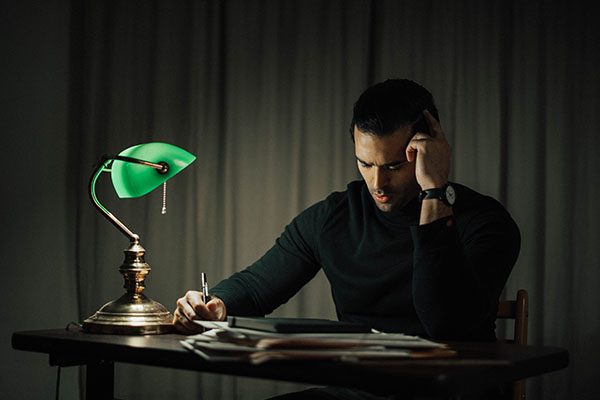
They’ve got something to do and somewhere to go. They have less aggression, more calmness, etc. They’ve got the ability now. They have been given the power of nature. A lot of people say, “This is great where you get a prescription from your doctor but I'm not going to my doctor and asking him for a script.” We have a special way to get a script from your doctor. The way you do it is you get two chairs, put them in your living room, sit in one chair, and pretend you are the doctor. You’ve got a pad here to write a prescription and say to yourself, “Self, you definitely need to be spending more time in nature.
Here are some of the benefits, and I'm going to write you a prescription for this. I want you to spend a minimum of two hours in nature. It can be at your park, outside with the kids playing soccer, going fishing, whatever it is that you choose. This prescription is for you.” Now you get up out of the chair. You go sit down in your chair. You look back at the doctor, and you express gratitude, “Dr. Rollie, I am happy that you cared enough about me to write me this prescription. I'm happy you made it specific because it feels now like a contract between the two of us. I am going to promise you that I'm going to do this.
The next time I come back to visit you, what you are going to find is that I spend two hours in nature every week or more. I wanted to say how grateful I am that you would think enough of me to give me this prescription.” It is a little trick, and it works. It’s because what is the issue that might come about, you might start doing it and backs slide. If you have an imaginary contract with your doctor, you are way more likely to comply because your unconscious mind doesn’t know that you weren’t at the doctor.
There is the idea of, and in our society, it is weird. You don’t have to but people feel they have to have permission to enjoy things. A prescription is your permission to go outside and enjoy the greenery, the ability to reduce stress and anxiety. Even for me like, “If I can't make it, what do I do? Do I have to bring a doctor's note?” No, it is okay to go outside and relax. You need a prescription for permission, and you can give it to yourself with our cool little technique.
You and I have talked a lot before about when people get up to take a break from work to go outside and look at something green. If you are going to take a break at work, you have a fifteen-minute break, and it is not enough time to go to the park, walk somewhere where it is not a park but focus on what is green.
You want to try to focus on trees, plants, and things that are green and absorb yourself in what you can see that’s nature. Your attention is going to draw to you the benefit if you pay attention to the nature park, even if there is non-nature around you. You are in Ontario, Canada, and it is wintertime. You are going to go out for a ten-minute walk, put your coat on, and go out for a ten-minute walk.
You might not be able to see much green but if you see a greenhouse or a green sign, focus on that and the other colors of nature. A lot of times, people don’t notice colors in nature in the winter because they have this readiness to believe that there is no color and everything is drab. If you look carefully, there are a lot of plants that are red during the wintertime, and you can appreciate that as nature too, “Look at that beautiful shrub. I would never have noticed how beautiful the red of it is because the green is going to dominate it in the springtime.”
At one point, when I lived in Upstate New York and drove a lot in finding all the colors of nature in the winter, how beautiful, shiny gray, a color of an Ironwood tree. The immense beauty of the whitebark on a Birch tree. You can enjoy nature in the wintertime as well if you notice it, pay attention to it and make that commitment to drawing into you the energy of nature that will give you all these benefits we have been talking about. Earth science meets health.
That is the whole idea of nature prescriptions. Make one for yourself. If you go to the doctor, tell them what you are doing and say, “You do not know this but your doppelganger wrote me a prescription to spend more time in nature. I wanted to let you know and is working great. You might want to try it yourself, and you might want to try prescribing nature for your other patients as you did for me.”
Rollie, I think that is it.
That is all I’ve got.
Thanks, everyone, for reading.
Important Links
- Park Prescriptions
- How to Achieve Inner Balance – Past Episode
- Boomers Forever Young - YouTube
- Trust For Public Lands



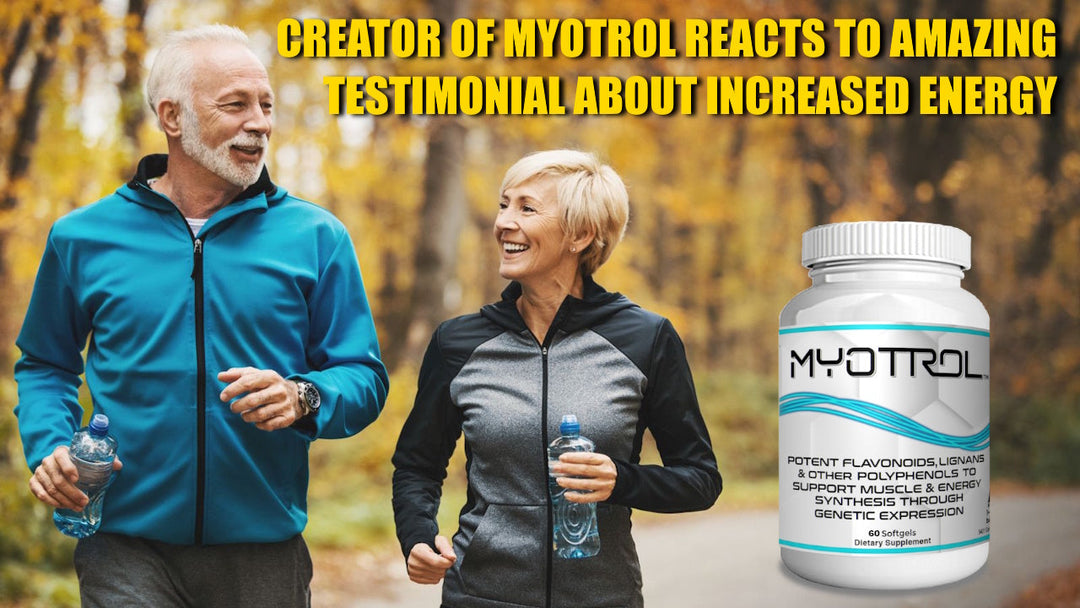
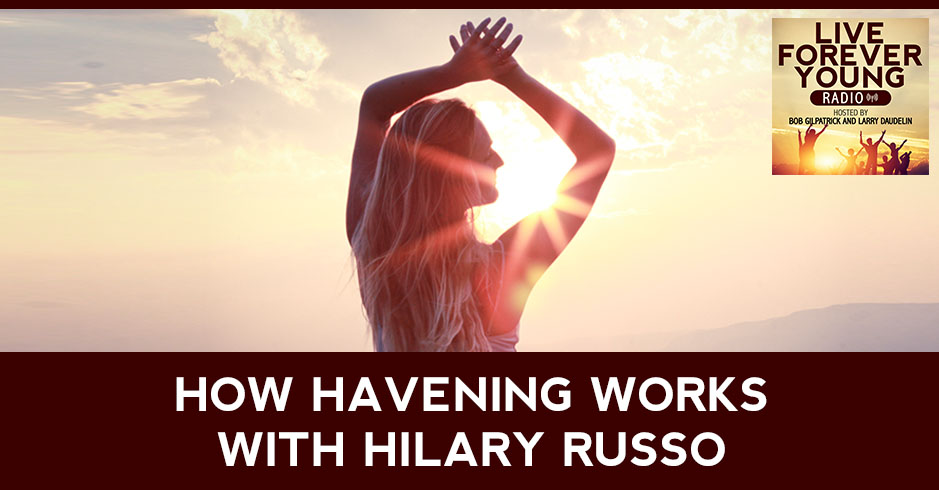
Leave a comment